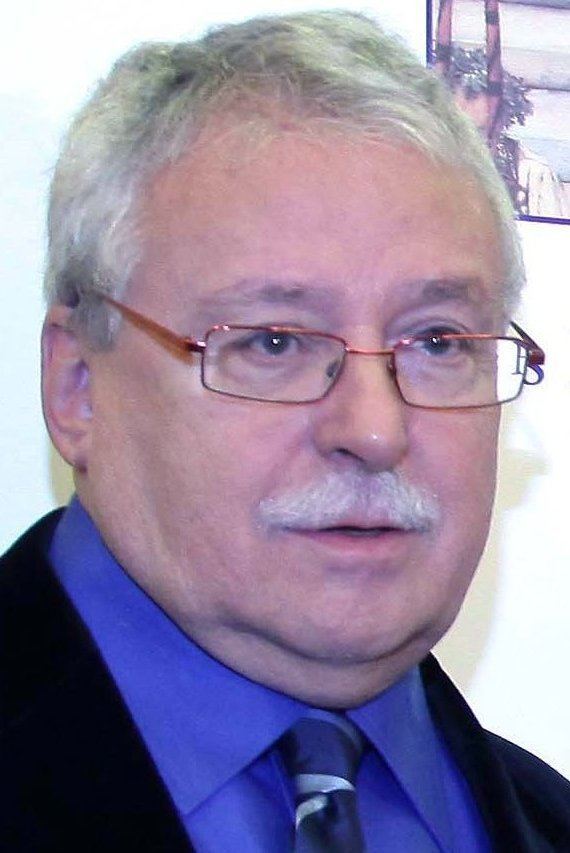10 June 1987 1991 → 14 December 1979 8 February 1987 51 seats, 50.5% 34 seats, 34.1% | Registered 3,515,847 4.0% 8 February 1987 1987 | |
 | ||
Turnout 2,456,467 (69.9%)
0.2 pp Winner Joaquín Leguina | ||
The 1987 Madrilenian parliamentary election was held on Wednesday, 10 June 1987, to elect the 2nd Assembly of Madrid, the regional legislature of the Spanish autonomous community of Madrid. All 96 seats in the Assembly were up for election, an increase of two compared to the previous election. The election was held simultaneously with regional elections in 12 other autonomous communities and local elections all throughout Spain, as well as the 1987 European Parliament election.
Contents
The Spanish Socialist Workers' Party (PSOE) under Joaquín Leguina lost its overall majority in the Assembly, but remained the largest party. The most notable election result was the Democratic and Social Centre (CDS) breakthrough, emerging as the third largest party at the expense of all other parties in the regional parliament. The People's Alliance (AP) of newly elected AP Madrid leader Alberto Ruiz-Gallardón remained static, maintaining its position as the second largest party, while United Left (IU), a coalition of the Communist Party of Spain and other left-wing political forces, slipped to fourth place.
In the aftermath of the election, the CDS chose to abstain in the investiture voting in order to allow the PSOE to continue to govern in minority.
Electoral system
The approval of an electoral law in 1986 replaced the provisional legislation that had been in force for the first regional election in 1983. The Assembly of Madrid was elected using the D'Hondt method and a closed list proportional representation. Under the regional Statute of Autonomy, the Assembly was entitled to one member per each 50,000 inhabitants or fraction greater than 25,000, according to the most updated census data. As the updated population census for the 1987 election was the corresponding to year 1986 (4,780,582), the Assembly size was set to 96. All seats were allocated to a single multi-member district, with a threshold of 5% of valid votes—which included blank ballots—. Parties not reaching the threshold were not taken into consideration for the seat distribution.
Voting was on the basis of universal suffrage, with all residents over eighteen and in the full enjoyment of all political rights entitled to vote. Concurrently, residents meeting the previous criteria and not involved in any cause of ineligibility were eligible for the Assembly. Groups of electors were required to obtain the signatures of at least 0.5% of registered electors in the district in order to be able to field candidates.
As per the Statute of Autonomy, the Assembly was to be automatically dissolved in the event of unsuccessful investiture attempts failing to elect a regional President within a two month-period from the first ballot, triggering a snap election. Elections were fixed for the fourth Sunday of May every four years, with early dissolutions not changing the period to the next ordinary election, meaning that elected deputies in a snap election merely served out what remained of their ordinary four-year parliamentary terms.
Opinion polls
Individual poll results are listed in the table below in reverse chronological order, showing the most recent first, and using the date the survey's fieldwork was done, as opposed to the date of publication. If such date is unknown, the date of publication is given instead. The highest percentage figure in each polling survey is displayed with its background shaded in the leading party's colour. In the instance of a tie, the figures with the highest percentages are shaded. in the case of seat projections, they are displayed in bold and in a different font. The lead column on the right shows the percentage-point difference between the two parties with the highest figures. 49 seats were required for an absolute majority in the Assembly of Madrid.
